Title
Brancusi in New York 1913-2013Posted In
Sculpture, Book, ExhibitionArtist
Constantin BrancusiCurator
Markus DochantschiDuration
07 November 2013 to 24 January 2014Venue
Paul Kasmin GalleryLocation
| Detailed Information | |||||
|---|---|---|---|---|---|
| Title | Brancusi in New York 1913-2013 | Posted In | Sculpture, Book, Exhibition | Artist | Constantin Brancusi |
| Curator | Markus Dochantschi | Duration | 07 November 2013 to 24 January 2014 | Venue | Paul Kasmin Gallery |
| Location |
515 West 27th Street New York, NY
United States | Visit Website | |||
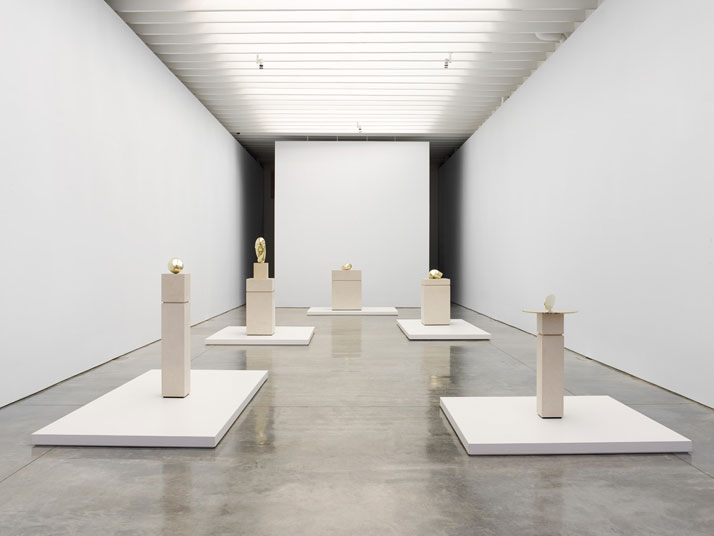
Constantin Brancusi. From left to right: The Newborn, Mademoiselle Pogany II, Sleeping Muse II, Head and Fish. Installation view at Paul Kasmin Gallery during the exhibition ''Brancusi in New York 1913–2013''. Courtesy of the Brancusi Estate and Paul Kasmin Gallery.
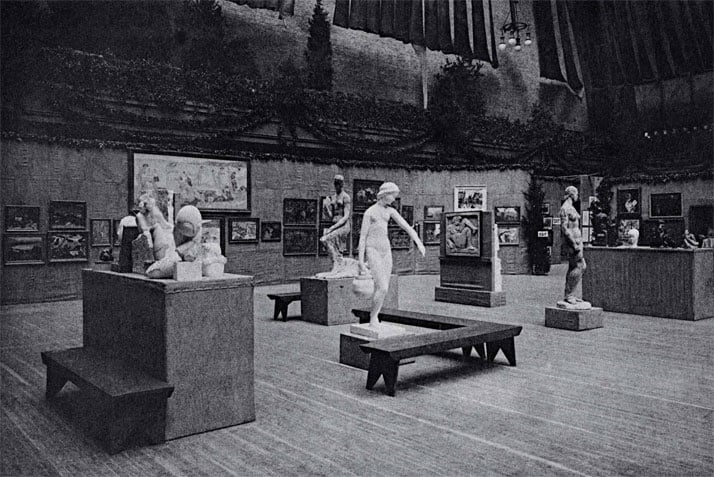
The Armory Show, 1913. Brancusi’s ''mobile group'' is on the left.
The image is published in the book ''Brancusi in New York 1913-2013'' by ASSOULINE.
Image Courtesy of the Brancusi Estate and Paul Kasmin Gallery.
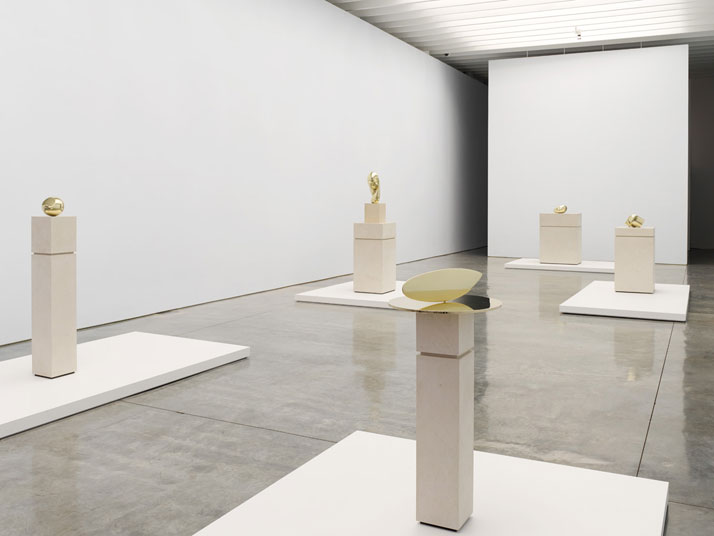
Constantin Brancusi. From left to right: The Newborn, Mademoiselle Pogany II, Fish, Sleeping Muse II and Head. Installation view at Paul Kasmin Gallery during the exhibition ''Brancusi in New York 1913–2013''. Courtesy of the Brancusi Estate and Paul Kasmin Gallery.
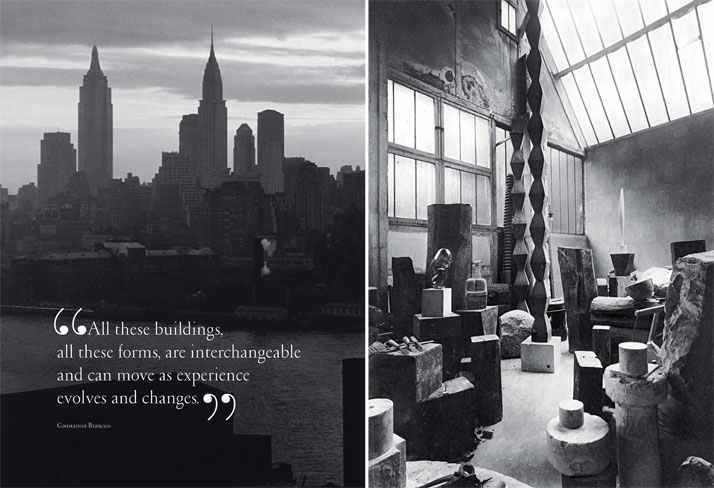
Midtown Manhattan skyline from Brooklyn, circa 1930; Brancusi’s studio, 1941. Photograph by Brancusi.
Spread from the book ''Brancusi in New York 1913-2013'', published by ASSOULINE.
Image Courtesy of the Brancusi Estate and Paul Kasmin Gallery.
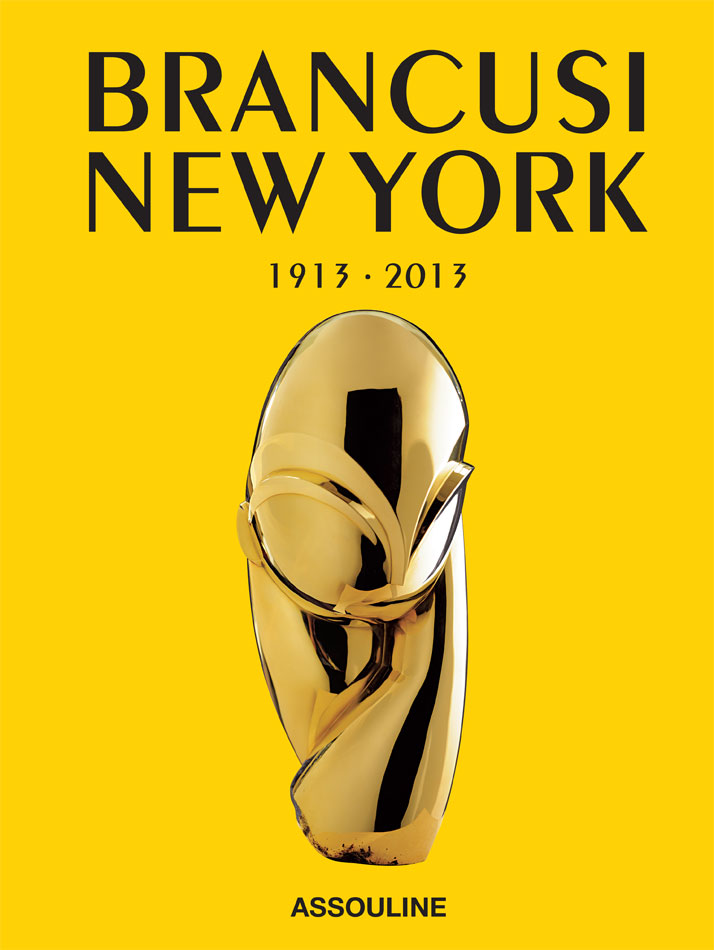
Bronze Mademoiselle Pogany II, 1920. Photograph by Brancusi.
The cover of the book ''Brancusi in New York 1913-2013'', published by ASSOULINE.
Courtesy of ASSOULINE.
‘Head’, ‘Mademoiselle Pogany II’, ‘The Newborn’, ‘Sleeping Muse II’, and the ‘Fish’ are the five bronze masterpieces on display which testify to Brancusi’s unsurpassed sculptural frugality and witness how much he was inspired by the Romanian folk art and African sculpture. Admiration of Brancusi’s oeuvre and his influence on modern sculpture history has never waned seen by the likes of artists such as Carl Andre, Dan Flavin, Jeff Koons and Richard Serra who have dedicated some of their artworks to him. As for his relevance in today’s art world, suffice it to say that on February 23, 2009, his rare wooden ''Madame L.R.'' sculpture sold for $37.6 million at the Yves Saint Laurent/Pierre Bergé sale at Christie's in Paris, hitting number eight in the list of the ten highest prices ever paid for a sculpture as of November 2013.
Brancusi’s exhibition at Paul Kasmin Gallery has been designed by studioMDA’s founder Markus Dochantschi and invites the viewer to experience the non-linear geometry of the five sculptures within the linear pattern of the exhibition layout, which Dochantschi modeled after the Manhattan grid. ''Manhattan is my large-scale studio. ...How is it similar to my studio? Because nothing is static. Nothing is fixed. All these buildings, all these forms, are interchangeable and can move as experience evolves and changes.''- Constantin Brancusi.

Constantin Brancusi, La Muse Endormie, 1923-2010, polished bronze, 7 3/8 x 10 1/4 x 6 1/8 inches, edition of 8. Photography by Francois Halard/© Artists Rights Society (ARS) New York/ADAGP, Paris. / Courtesy of the Brancusi Estate and Paul Kasmin Gallery.
{Sleeping Muse II (1923), whose first version attracted the most attention in 1913, resulted in his first requests from collectors for bronze editions. It features also an abstracted face of a woman, like Mademoiselle Pogany II’s serpentine figure beckons the viewer with her subdued look. Sleeping Muse II transforms the viewer into a voyeur watching over the sleeping woman with delicate suggestions of a nose, large oval-shaped closed eyes, and a half-open mouth.}

Italian actress Sylvana Mangano at the Museum of Modern Art, New York, 1956, with Mademoiselle Pogany and Endless Column.
The image is featured in the book ''Brancusi in New York 1913-2013'', published by ASSOULINE.
Image Courtesy of the Brancusi Estate and Paul Kasmin Gallery.
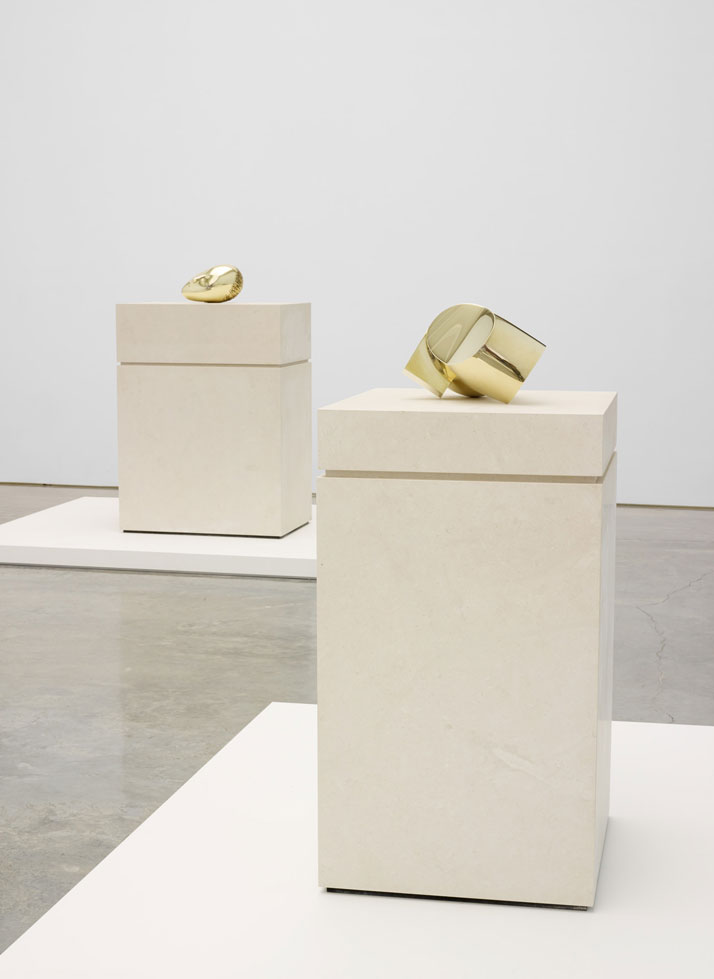
Constantin Brancusi. From left to right: Sleeping Muse II and Head. Installation view at Paul Kasmin Gallery during the exhibition ''Brancusi in New York 1913–2013''. Courtesy of the Brancusi Estate and Paul Kasmin Gallery.
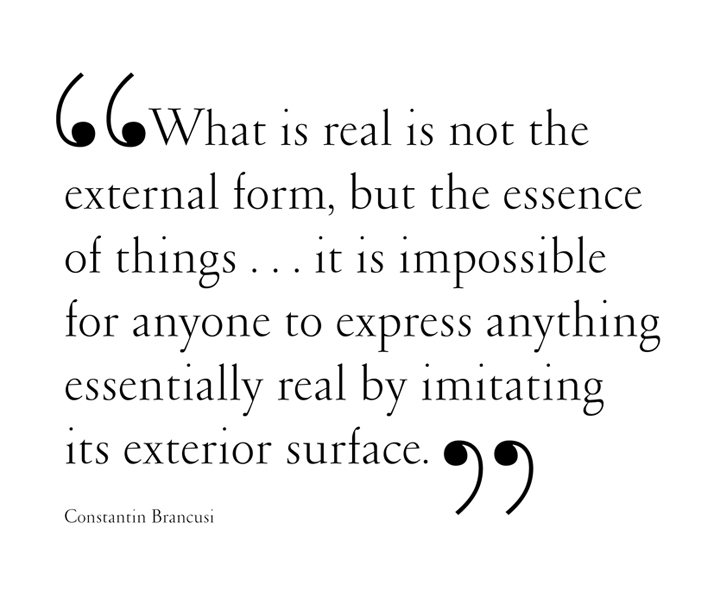
![Constantin Brancusi, Tete, 1920-1992, polished bronze, 7 1/2 x 9 1/2 x 11 3/4 inches, edition of5. Photography by Francois Halard/© Artists Rights Society (ARS) New York/ADAGP, Paris. / Courtesy of the Brancusi Estate and Paul Kasmin Gallery.{Head (circa 1920), made from polished bronze and measuring 7.5 by 9.5 by 11.75 inches in an edition of 5, illustrates how, in the words of Eugene Ionesco, ''[Brancusi] had assimilated the entire history of sculpture, mastered it, gone beyond it, rejected it, come back to it, purified it, reinvented it. He had got it down to its essence.'' With Head, Brancusi’s inquiry into the totemic nature of masks resulted in an interpretation that encapsulated his most complete geometric abstraction.} Constantin Brancusi, Tete, 1920-1992, polished bronze, 7 1/2 x 9 1/2 x 11 3/4 inches, edition of5. Photography by Francois Halard/© Artists Rights Society (ARS) New York/ADAGP, Paris. / Courtesy of the Brancusi Estate and Paul Kasmin Gallery.{Head (circa 1920), made from polished bronze and measuring 7.5 by 9.5 by 11.75 inches in an edition of 5, illustrates how, in the words of Eugene Ionesco, ''[Brancusi] had assimilated the entire history of sculpture, mastered it, gone beyond it, rejected it, come back to it, purified it, reinvented it. He had got it down to its essence.'' With Head, Brancusi’s inquiry into the totemic nature of masks resulted in an interpretation that encapsulated his most complete geometric abstraction.}](https://www.yatzer.com/sites/default/files/article_images/3348/b-Brancusi-in-New-York-1913-2013-Paul-Kasmin-Gallery-ASSOULINE-Francois-Halard-yatzer.jpg)
Constantin Brancusi, Tete, 1920-1992, polished bronze, 7 1/2 x 9 1/2 x 11 3/4 inches, edition of
5. Photography by Francois Halard/© Artists Rights Society (ARS) New York/ADAGP, Paris. / Courtesy of the Brancusi Estate and Paul Kasmin Gallery.
{Head (circa 1920), made from polished bronze and measuring 7.5 by 9.5 by 11.75 inches in an edition of 5, illustrates how, in the words of Eugene Ionesco, ''[Brancusi] had assimilated the entire history of sculpture, mastered it, gone beyond it, rejected it, come back to it, purified it, reinvented it. He had got it down to its essence.'' With Head, Brancusi’s inquiry into the totemic nature of masks resulted in an interpretation that encapsulated his most complete geometric abstraction.}
On the occasion of the exhibition ''Brancusi in New York 1913 2013'', a fully illustrated catalogue published by ASSOULINE, chronicles the artist’s success in New York City and his impact on its artistic milieu with astonishing archival imagery. According to Brancusi: ''When one is immersed in beauty, there is no need for explanations''. The beautiful story of the mutually beneficial relationship between the so called ''patriarch of modern sculpture'' and the Big Apple which you will find inside ASSOULINE’s publication couldn’t have been better explained by the authority on Brancusi, Jérôme Neutres and Theodor Nicol, the owner of the Brancusi Estate and the sole holder of Brancusi’s copyrights.
{YatzerTip}: Discover Constantin Brancusi’s spiritual roots through an essay written by Aidan Hart, an ordained Reader of the Greek Orthodox Church who lives in the United Kingdom. Hart has also been a professional icon painter and carver for over twenty-five years. An extract from the essay follows: ''His aphorisms show a marked similarity to the teachings contained in the hymns that he would have chanted and to other mystical writings of the Orthodox Church, most notably the teaching on the inner essences or logoi of things. Compare, for example, the text below from the seventh century saint, Maximus the Confessor, with the aphorism of Brancusi which follows it: 'Do not stop short of the outward appearance which visible things present to the senses,' writes Maximus, 'but seek with your intellect to contemplate their inner essences (logoi), seeing them as images of spiritual realities...' And Brancusi’s words: 'They are imbeciles who call my work abstract; that which they call abstract is the most realist, because what is real is not the exterior form but the idea, the essence of things.' ''
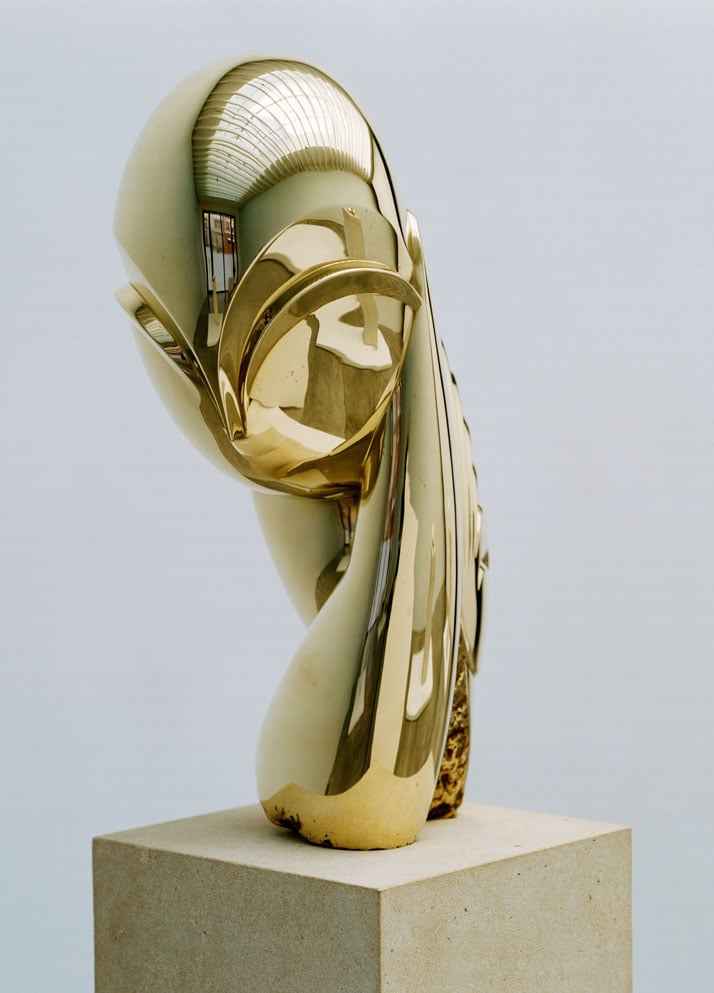
Constantin Brancusi, Mademoiselle Pogany II, 1925-2006, polished bronze, Sculpture: 16 7/8 x 7 x 11 3/4 inches, Overall: 27 x 10 x 8 3/4 inches, edition of 8. Photography by Francois Halard/© Artists Rights Society (ARS) New York/ADAGP, Paris. / Courtesy of the Brancusi Estate and Paul Kasmin Gallery.
{Mademoiselle Pogany II (1925), stands at 11.7 inches tall, in an edition of 8. The plaster model of the first version debuted at the Armory Show in 1913. The series of Mademoiselle Pogany was his most photographed work. Today this polished bronze version of Mademoiselle Pogany II still embodies the inexpressible nature of the feminine spirit.}
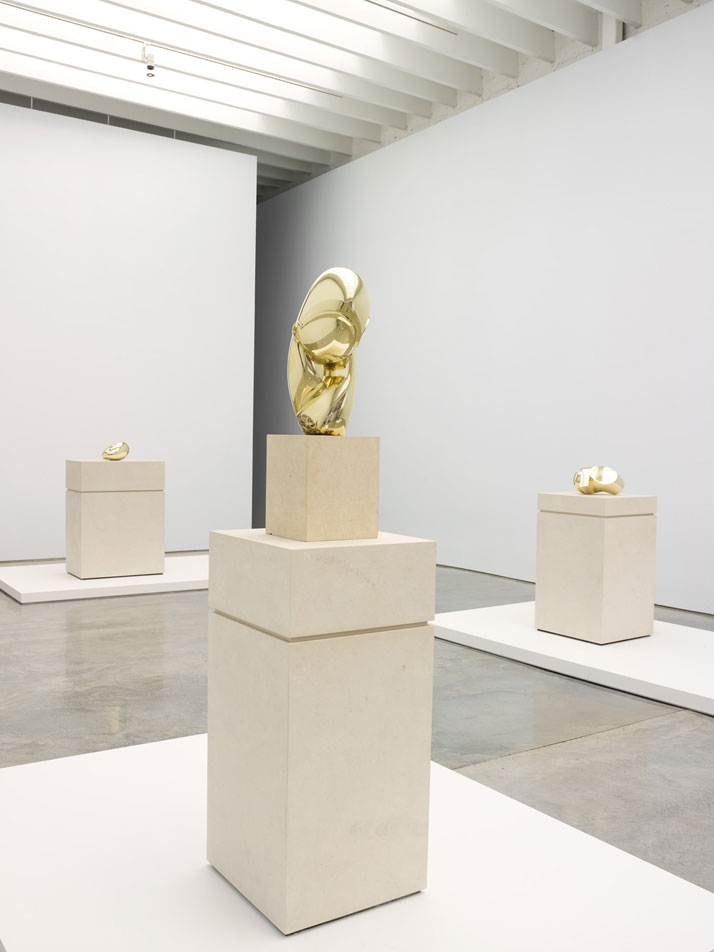
Constantin Brancusi. From left to right: Sleeping Muse II, Mademoiselle Pogany II and Head. Installation view at Paul Kasmin Gallery during the exhibition ''Brancusi in New York 1913–2013''. Courtesy of the Brancusi Estate and Paul Kasmin Gallery.

Constantin Brancusi, Le Poisson, 1926-1992, polished bronze, 5 3/4 inches high x 17 3/4 inches in diameter, edition of 8. Photography by Francois Halard/© Artists Rights Society (ARS) New York/ADAGP, Paris. / Courtesy of the Brancusi Estate and Paul Kasmin Gallery.
{With Fish (1926), the artist advances his study of sculpture into a moving artwork. Fish, a polished bronze sculpture measuring 5.3 x 16.5 x 1.2 inches in an edition of 8, rotates on its disc allowing the sculpture to mimic the movement and spirit of its subject. Fish was born out of Brancusi’s goal to capture a creature’s movement, one he worked obsessively towards.}

Constantin Brancusi. From left to right: Mademoiselle Pogany II, Sleeping Muse II and Head. Installation view at Paul Kasmin Gallery during the exhibition ''Brancusi in New York 1913–2013''. Courtesy of the Brancusi Estate and Paul Kasmin Gallery.

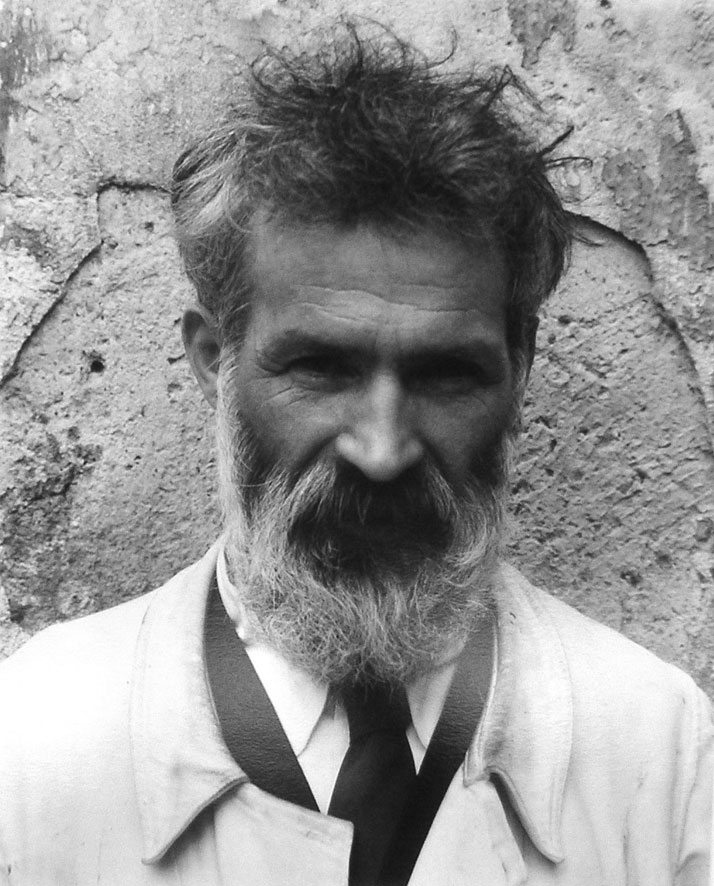
Brancusi at Voulangis, in Edward Steichen’s garden. Photograph by Edward Steichen.
The image is published in the book ''Brancusi in New York 1913-2013'' by ASSOULINE.
Image Courtesy of the Brancusi Estate and Paul Kasmin Gallery.

Constantin Brancusi, Le Nouveau NeÌ I, 1920-2003, polished bronze, 5 3/4 x 5 1/2 x 8 1/2 inches, edition of 8. Photography by Harald Gottschalk /© Artists Rights Society (ARS) New York/ADAGP, Paris. / Courtesy of the Brancusi Estate and Paul Kasmin Gallery.
{''We do not see real life except by its reflection,'' wrote Brancusi in 1919, and with The Newborn (1920) Brancusi created his most radically abstract sculpture representing not only the act of birth but also the newborn baby. Previously Brancusi named it Beginning of the World, referencing the violence with which human life begins. But Brancusi tempers this association with the smooth lines of the sculpture, bringing serenity into the subject matter.}
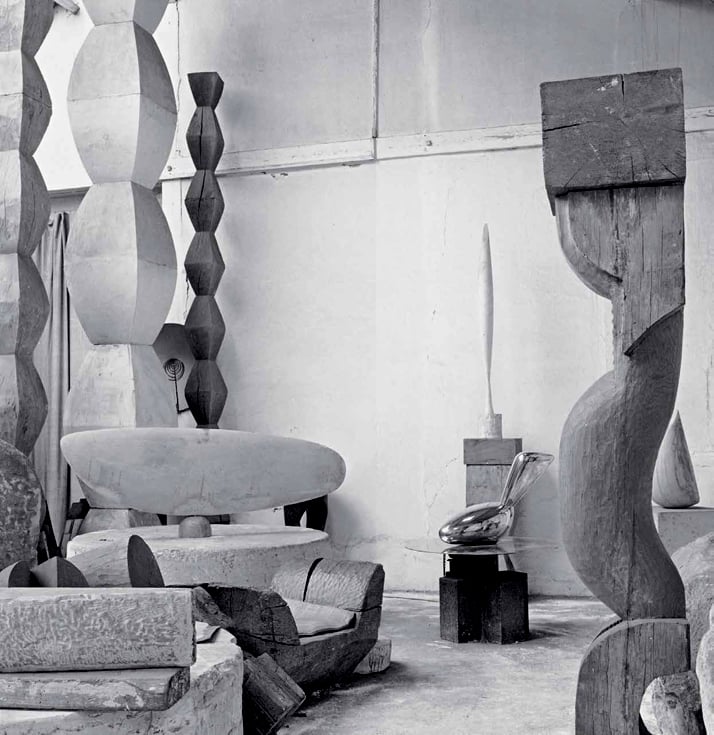
Brancusi’s studio, Paris, 1955. Photograph by Alexander Liberman.
The image is published in the book ''Brancusi in New York 1913-2013'' by ASSOULINE.
Image Courtesy of the Brancusi Estate and Paul Kasmin Gallery.

















